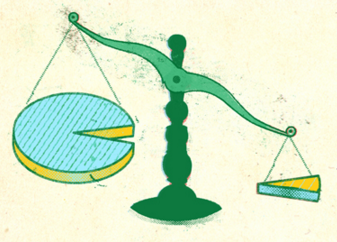How do you count?
 How many integer values of
u
satisfy
u
4
+
u
3
−
1
2
u
2
<
0
?
How many integer values of
u
satisfy
u
4
+
u
3
−
1
2
u
2
<
0
?
The answer is 5.
This section requires Javascript.
You are seeing this because something didn't load right. We suggest you, (a) try
refreshing the page, (b) enabling javascript if it is disabled on your browser and,
finally, (c)
loading the
non-javascript version of this page
. We're sorry about the hassle.
3 solutions
It's called wavy curve method also
u e (x+3)(x-4) ???
How comes that a 4 grade polynomial expression has 5 solutions?
Log in to reply
Because that was not an equation, that's is an inequalaity and an inequality can have zero,one,... infinite solutions.
Ex. x > 0 has infinite solutions and x 2 < 0 has no solution.
Its an inequation. If a 4 degree polynomial is expressed as a different inequation for example if the same sum had a (>) sign instead of (<) sign, it would have had infitely many solutions.
u^4 + u^3 - 12 * u^2 < 0
u^2 * (u^2 + u - 12) < 0
u^2 * (u+4) * (u-3) < 0
Therefore, the graph of u^4 + u^3 - 12 * u^2 intersects 3 times - at 0,-4, and 3.
Then just plug in points between -4, 0 and 0,3. You will find that they are both negative.
So, the solution is [-4,3], right? WRONG. -4,0, and 3 are all roots... meaning that they are all equal to 0. Since the inequality is less than or equal to, the solutions are all numbers between -4 and 3, except for 0.
Count them up and you get 5
Akhil Bansal's solution is correct the fact that 0 can't be a solution has to be taken while solving using wavy curve . as f(0) is 0 and not less than 0
u 4 + u 3 − 1 2 u 2 < 0 u 2 ( u 2 + u − 1 2 ) < 0 u 2 ( u − 3 ) ( u + 4 ) < 0 Solving inequality using number line method . u ∈ ( − 4 , 0 ) ∪ ( 0 , 3 ) u ≡ { − 3 , − 2 , − 1 , 1 , 2 }